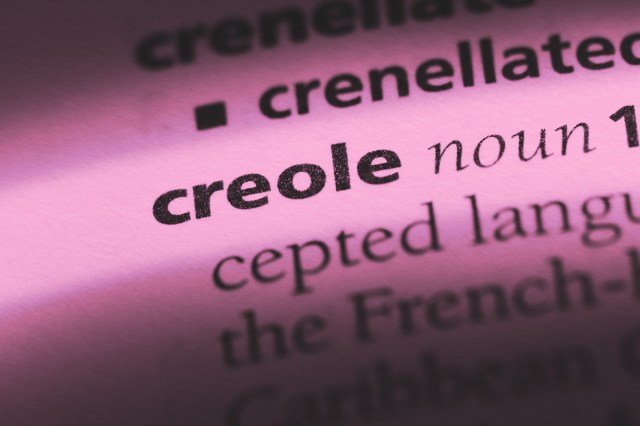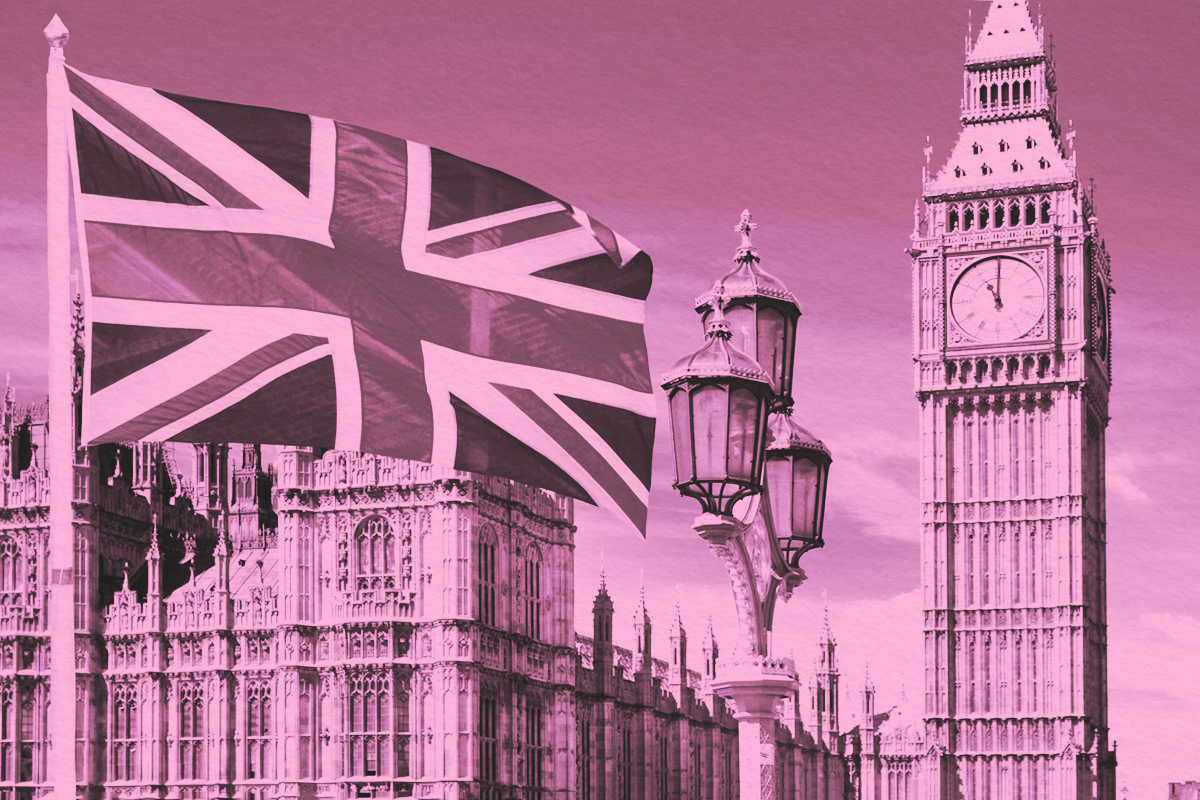
Imagine people from different cultures, speaking different languages, but still needing to work together. How do they communicate with one another? They improvise and simplify, by using a smaller vocabulary, stripped-down syntax, and short sentences. It’s not a formal language per se, but it is functional. Now imagine generations of people using this bare-bones form of communication. The dialogue will evolve and expand, and children will grow up hearing it spoken.
These two examples describe a pidgin dialect and the development of a creole language, respectively, two linguistic phenomena that have occurred around the world for millennia.
A pidgin dialect emerges when people speaking different languages need to communicate, often in the context of social inequality, such as colonialism and slavery, as when Africans and Europeans first interacted. Pidgins endure to this day. In Nigeria, for example, pidgin enables communication among that country’s more than 500 ethnic groups.
Pidgins are spoken by millions worldwide, in ports, at trading posts, on farms, in factories, and anywhere large numbers of people from different countries and cultures work together.
There’s not one form of pidgin; rather, a dialect develops out of necessity from stripped-down elements of the speakers’ languages. The word “pidgin” itself is an example of a pidgin that developed in the early 19th century among Chinese workers in the United States. It comes from a Chinese alteration of the English word “business.”
A creole language is a more advanced stage of a pidgin, arising when increased numbers of people begin to use a pidgin as their principal means of communication. When that occurs, their children hear it more than any other language, so it gradually takes on the status of a mother tongue for them. As a result, within a generation or two, that language use becomes consolidated and widespread. By this process, which linguists refer to as “nativization,” the result is a creole.
The difference between a pidgin dialect and a creole language is that a creole features a more complex, expanded vocabulary and a more consistent syntax, and it’s more stable than a pidgin. As a common noun, “creole” means “a mother tongue formed from the contact of two languages through an earlier pidgin stage.” A specific creole language may be referred to as a proper noun, such as French Creole or Louisiana Creole.
“Creole” has also been used as a proper noun and as an adjective to refer to people with mixed European and Black ancestry, or to the descendents of the European settlers in the Caribbean and Central and South America.
Haitian Creole reflects that country’s colonization by France, because many words in that lexicon are based on French. Here are some examples:
Bonjou = “hello, good morning”
Bonswa = “good evening”
Mwen pa konprann = “I don’t understand”Toupatou = “everywhere”Eske ou pale angle? = “Do you speak English?”





















